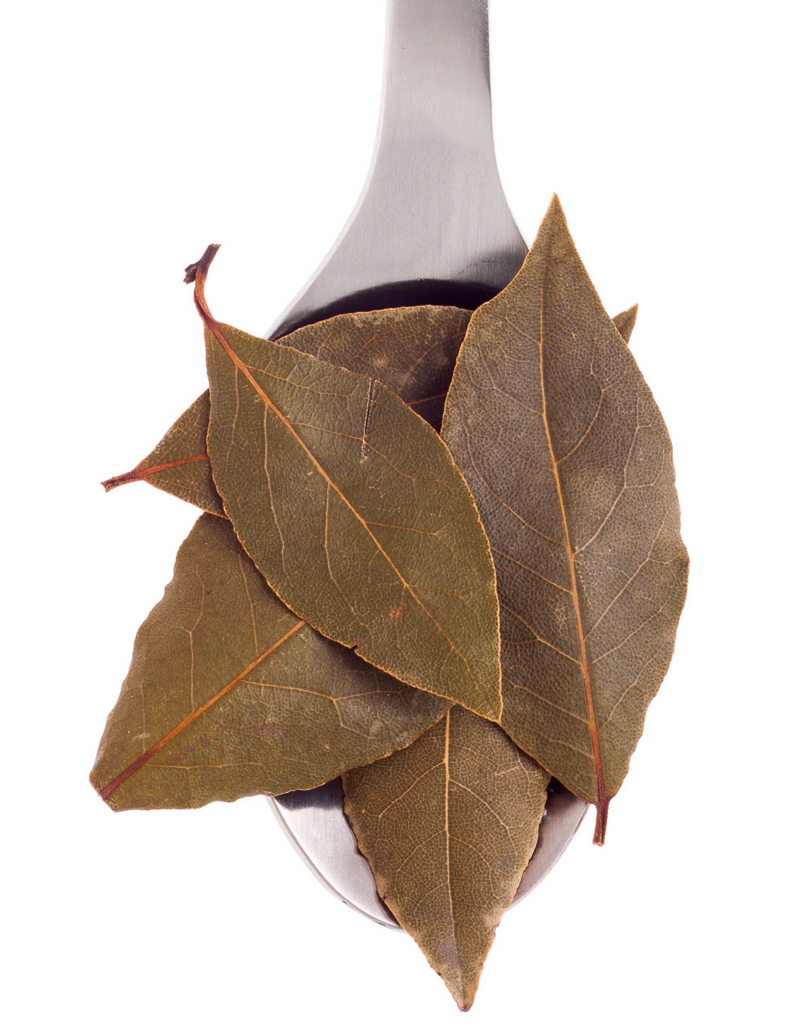Bay Leaves

Bay Leaves come from the sweet bay or laurel tree. Bay leave impart flavor in soups, stews meat and vegetable dishes.
Contents
Bay Leaves come from the sweet bay or laurel tree, known botanically as Laurus nobilis. The elliptical leaves of both trees are green, glossy, and grow up to 3 inches long.
Region Produced
Bay Leaves are grown in the Mediterranean region.
Traditional Uses
Bay Leaves, a staple in American kitchens, are used in soups, stews, meat and vegetable dishes. The leaves also flavor classic French dishes such as bouillabaise and bouillon.
## Aroma & Taste
Bay Leaves are pungent and have a sharp, bitter taste.
History
Ancient Greeks and Romans crowned victors with wreaths of laurel. The term "baccalaureate," means laurel berry, and refers to the ancient practice of honouring scholars and poets with garlands from the bay laurel tree.
Romans felt the leaves protected them against thunder and the plague. Later, Italians and the English thought Bay Leaves brought good luck and warded off evil.
Storage
Store in cool, dark, dry places.
Ideas
The Bay Leaf is useful in hearty, home-style cooking. When you are making bean, split pea and vegetable soups, meat stews, spaghetti sauce, and chili, a Bay leaf can be added for a more pungent flavor. Alternate whole Bay Leaves with meat, seafood, or vegetables on skewers before cooking.
Be sure to remove Bay Leaves before eating a dish that has finished cooking. The whole leaves are used to impart flavor only and are bitter and hard to chew.
Comments